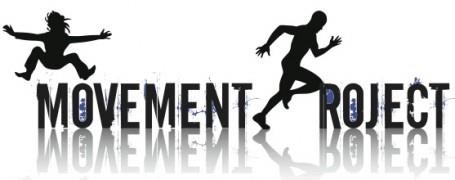We all wish we could return to our glory days with the knowledge we’ve since gained. Imagine being a strength coach as an adult and having to recall the asinine weight training you wasted your time with from probably 16 until too far into my early 20’s. I missed my opportunity to build a solid base of strength in favor of standing with my back against the wall to isolate the biceps and maximize the pump. Had I only known that a healthy dose of pullups and pushups accompanied by squats and sprints would have provided size and strength I never achieved through the beach muscle bullshit in which I invested.
Here’s a message to the youth (and their well meaning parents):
BYPASS BI’s AND TRI’s AND BUILD GLOBAL STRENGTH
Use simple compound movements such as pullups, inverted rows, pushups, lunges, and squats.
First use isometrics (positional holds) to obtain command of the often difficult positions these exercises require instead of rushing through partial or sloppy reps.
Next use eccentrics (controlled movement with gravity like a squat, pushup, or pullup lowering executed at a very slow pace) to gain strength through the full range of motion.
Then combine or follow eccentric training with assisted versions of the movements to teach the body the contractile component of these movements without having to cheat the reps and compromise position.
Finally combine the strengths earned through isometrics, eccentrics, and assisted movements to execute these exercises unassisted.
Many coaches love the barbell for rapid strength development. While I certainly don’t disagree with its effectiveness, athletes must EARN THE RIGHT to use the barbell by demonstrating the strength and coordination necessary to manipulate their own body weight. I wouldn’t put cargo on a boat that doesn’t stay afloat when empty and I won’t add external load to an athlete who doesn’t have strength developed from the inside out. That’s a recipe for injury and falsely inflated ego, both consequences a strength coach should never be responsible for creating. Quality of movement always trumps volume and intensity.
In Closing
Giving isolation exercises to youth athletes is like giving them dessert before they’ve had their dinner. They might provide instant gratification but lack the long term benefits offered by the meat and veggies of compound strength movements. Focus on global strength developed from the inside out (core before appendages) by using a progressive approach to compound body weight movements.
Need proof? Check out the guns and strength of Martin Rooney’s (www.trainingforwarriors.com) daughter:

Overall great article. You contradict yourself in one major area though. If athletes need to earn the right to use external loads, the should also earn the right to do compound multi joint exercises with external loads by proving they can control single joint movements with external loads. Isolation exercises don’t have to be dessert, they can be the salad before the entree. I agree they won’t be the largest catalyst for athletic development and performance in the long run, but they can be vital to avoid or fix muscle imbalances. Isolation won’t really create maximal force production, but if done properly it can improve neuromuscular differentiation, individual tissue stress threshold, and contractile efficiency. Take those finely tuned individual puzzle pieces, and plug them into the compound exercises, and the brain has better musicians to make up the orchestra. Although to benefit from isolation exercises in that manner, I’m sure we’d both agree that the goal has to be quality of movement and muscle activation over load or volume. In fact the less is more approach contributes greatly to the benefits of isolation exercises. Anyways that’s my two cents……food for thought.
I very much appreciate your comment. I especially like your constructive approach and the use of metaphors (I’m a sucker for metaphors). That said, I do not feel that single joint control or strength is necessarily a precursor to multi-joint movements, unless there is a local dysfunction that creates a global movement issue. Even in fixing muscle imbalances, single joint movements should be addressed specifically and reintroduced to a gross, coordinated movement as soon as possible. Example: External shoulder rotation is crucial for a pitcher to maintain but it needs to be examined under both a microscope as well as how it interacts with the rest of the movement (t-spine extension, anterior stability, scapular-humeral rhythm, hip rotation, etc.). Strength in external shoulder rotation is useless without the rest of the movement occurring appropriately. That said, I certainly agree that it can be useful to focus on local muscle strength and activation, particularly as a precursor to a compound movement. The key, I’m sure you would agree, is activation and not fatigue. I also like the use of eccentrics and isometrics to build strength through these movements without ignoring the importance of kinetic linking. Thanks for the awesome comment and for creating a very constructive conversation.
-Nate